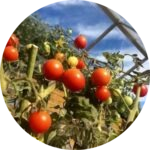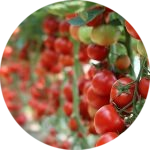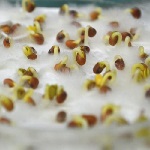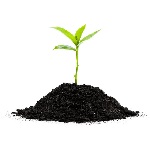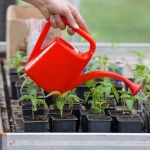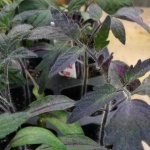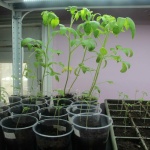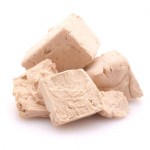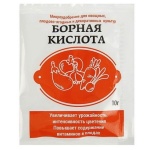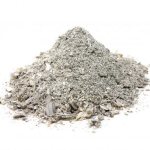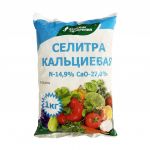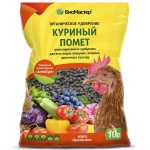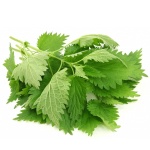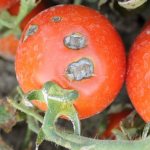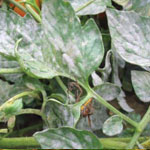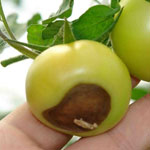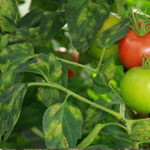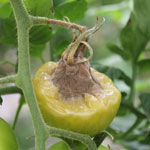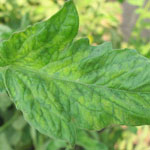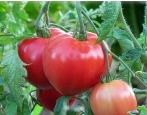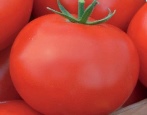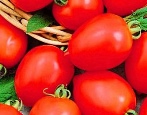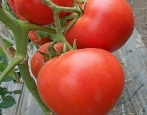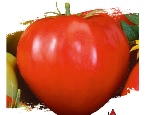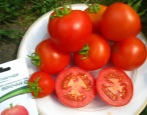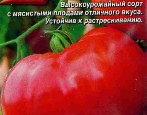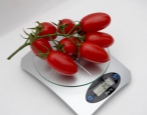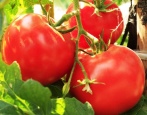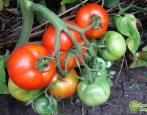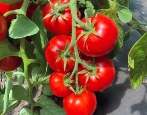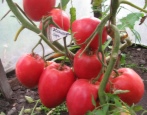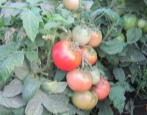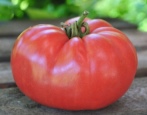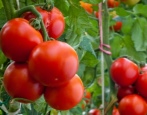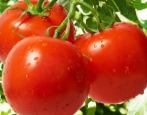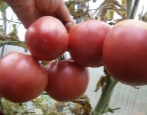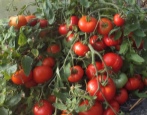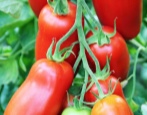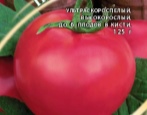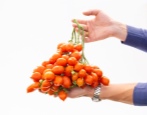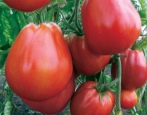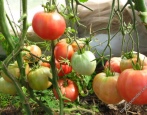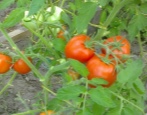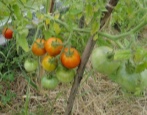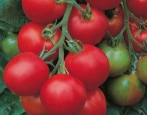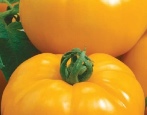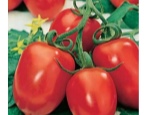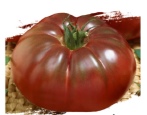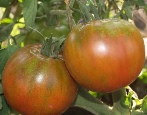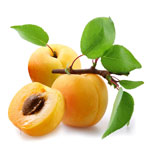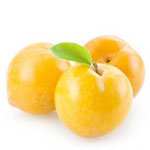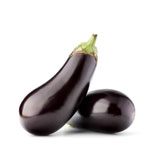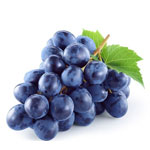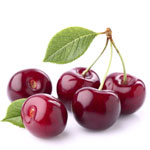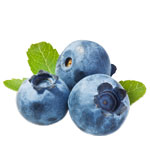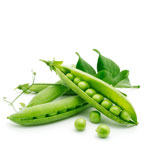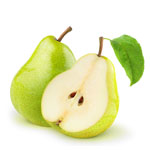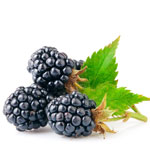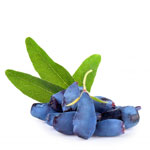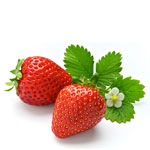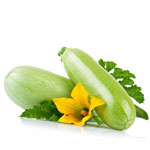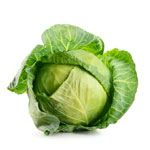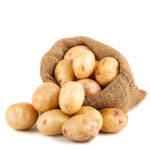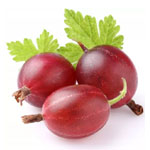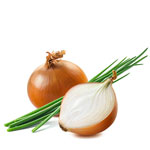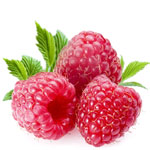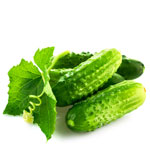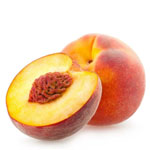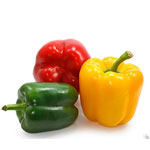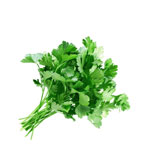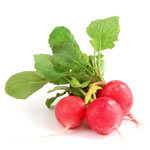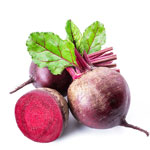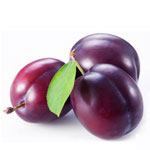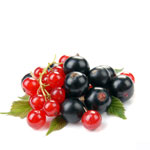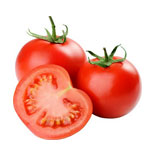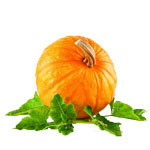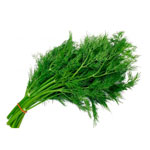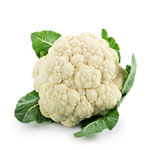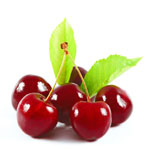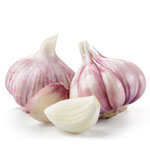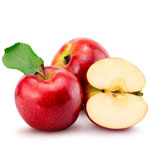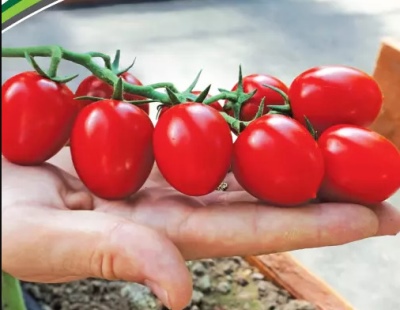
- Authors: Blokin-Mechtalin V.I.
- Year of approval: 2019
- Name synonyms: Cherrivera
- Category: hybrid
- Growth type: indeterminate
- Appointment: fresh consumption, for pickling and preserving
- Ripening period: early
- Ripening time, days: about 90
- Growing conditions: for film greenhouses, for greenhouses
- Bush size: tall
Cherry Tomato Vera conquered many gardeners with the taste properties of its fruits, reminiscent of the taste of ripe watermelon. However, it also has a number of advantages that will certainly appeal to beginners in the gardening business.
Breeding history
The hybrid culture Cherry Vera is relatively new, obtained by the agricultural company "Partner", and approved for use in 2019. It was bred by the well-known specialist in the field of breeding V. I. Blokin-Mechtalin. Among the majority of amateurs it is called more simply - Cherrivera.
Description of the variety
The culture is indeterminate, tall, with powerful and at the same time compact bushes up to 200 cm tall. Accordingly, it requires garter, pinning and shaping. Based on the manufacturer's description, the bushes should be formed in 1 stem. The plant is intended for cultivation in greenhouses, but in the southern latitudes, the tomato is also cultivated in open soils.
The leaves of the plant are ordinary, small in size, of dark green shades. The inflorescences are of a simple type, producing 15-25 small tomatoes, but with excellent taste. The first inflorescence is formed behind 9 leaves.
The fruits are consumed both fresh and for canning.
Of the advantages of culture, we point out the following:
excellent taste properties;
remarkable commercial qualities;
uniform ripening, equal sizing of fruits;
unripe fruits ripen successfully and with high quality in a plucked state;
high level of immune protection against diseases typical for nightshade crops.
The hybrid also has disadvantages:
the culture does not have a reliable degree of resistance to pests, therefore, in the spring, it is necessary to use ordinary fungicides when processing greenhouses;
the need for shaping, pinning and garters.
The main qualities of the fruit
The shape of the fruit is ovoid, slightly ribbed, regular, with a small, slightly drawn drop-shaped tip. Ripe fruits are intensely red in color, and green ones are of light green shades. The weight of each cherry fruit is about 30 g. The surface is smooth and shiny. The peel is strong, the consistency is compacted - the fruits tolerate transportation well and can be stored for a long time.
The number of fruits in one cluster is from 15 to 20. The inflorescences are intermediate, the first is formed immediately after the 9th node, and then after 2-3 nodes. The peduncles are articulated.
Taste characteristics
The taste properties of the fruits of the culture are highly appreciated - they are sweet, reminiscent of the taste of high-quality watermelons. They contain a significant amount of lycopene, which has a beneficial effect on the functioning of the heart muscle. The sugar content of the fruit is close to that of watermelon.
Ripening and fruiting
The maturation of the culture is early, about 90 days.
Yield
The yield level reaches 13.8 kg / sq. m.
The timing of planting seedlings and planting in the ground
You can sow seeds quite early - in February.
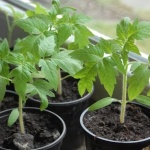
Growing tomato seedlings is an extremely important process, because it largely depends on whether the gardener can harvest at all. All aspects must be taken into account, from seedbed preparation to planting in the ground.
Landing scheme
The standard crop planting scheme is 5 plants per 1 m2 (50 x 50 cm).
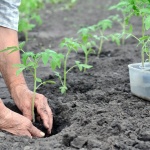
Growing and caring
Since the main method of growing a crop is the greenhouse method, then one cannot do without seedlings. Initially, the seed should be sorted out, then it is disinfected in a dark pink solution of manganese for about 30 minutes. After that, the seeds are washed, then placed in wet gauze for 1-2 days for germination. This is followed by drying the seed to the level of flowability.
Sow crop seeds in separate pots with a volume of at least 0.3 liters. Joint cultivation of hybrid bushes in containers is not recommended, it is better to plant each plant separately, so as not to injure its roots during transplantation.
Growing conditions - temperature regime not less than +25 ° С in the first phase (before the emergence of sprouts from the soil), and not less than +20 ° С - the rest of the time. The humidity level should be around 70%. Lighting should be maintained for at least 10-12 hours.
The cultivation process is carried out in the lightest part of the premises. Typically, containers are displayed on or near window sills. When there is a shortage of lighting, backlighting with fluorescent lamps is used. In poorly lit places, the bushes soon elongate, look weak, pale greenish in color. The seedlings of the culture adapt for a long time and are often sick.
Irrigation of cherry culture is carried out with extremely warm and settled water, in small volumes, but the substrate must be completely saturated with moisture. The frequency of irrigation is chosen as moderate - the soil should not be waterlogged.
Plant feeding is carried out no more than 1 time in 14 days. Both mineral fertilizers and organic substances are introduced, but it is more convenient to use ready-made fertilizer complexes. You can always find out about the proportions used from the guidance materials attached to the finished fertilizers.
The hardening procedure for greenhouse plants is not carried out, but if they are prepared for open places, then they are hardened during the final 7-10 days. The age of the bushes at the time of transplantation should be about one and a half months.
The bushes of the culture are planted in the beds, observing the planting density of 5 pcs. for 1 sq. m, placing them in grooves or holes. At the end of the planting process, they are watered, the surfaces of the beds are covered with peat chips, sawdust or hay. Without mulching, it will be necessary to loosen the soil after each watering, and it will dry out sooner.
When planting bushes in open soil, since they are tall, they must be tied to supports or trellis are used. It is important to think about this procedure in advance by placing supports on the landing sites.
The process of irrigation of plants is carried out during the entire growing season - once every 2-3 days. The culture does not require significant amounts of water both at the initial stages of development and during the mass ripening of tomatoes. In hot weather, more frequent irrigation is required than in cloudy periods. Towards the end of the growing season, the degree of irrigation is gradually reduced and then completely stopped.
If the soils in the beds are not mulched, then each irrigation must be followed by loosening.
The culture is fed at least 3 times a season - before the beginning of flowering, and then with a pause of 14 days. Fertilizers for feeding crops are used standard: nitrate, carbamide, superphosphate, potassium salt, potassium monophosphate and others. Dilute the solutions according to the appropriate instructions. From folk remedies, manure infusions (1 to 10) and ash solutions (1 tablespoon per 10 liters) are used.
The first harvest of ultra-early fruits begins to be carried out about 3 months after the emergence of seedlings, and then until they are completely ripe.
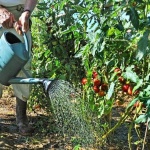
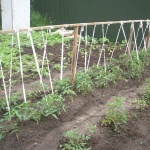
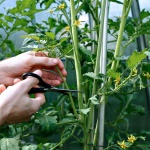
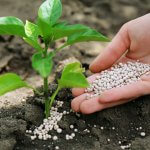
A plant needs different micronutrients at each stage of growth. All fertilizers can be divided into two groups: mineral and organic. Folk remedies are often used: iodine, yeast, bird droppings, eggshells.
It is important to observe the rate and period of feeding. This also applies to folk remedies and organic fertilizers.
Disease and pest resistance
The culture has a high degree of resistance to the main complex of diseases, but the main thing is that it is tolerant to late blight. The hybrid also demonstrates a good level of tolerance to Fusarium, Verticillosis, and rootworm nematodes.
